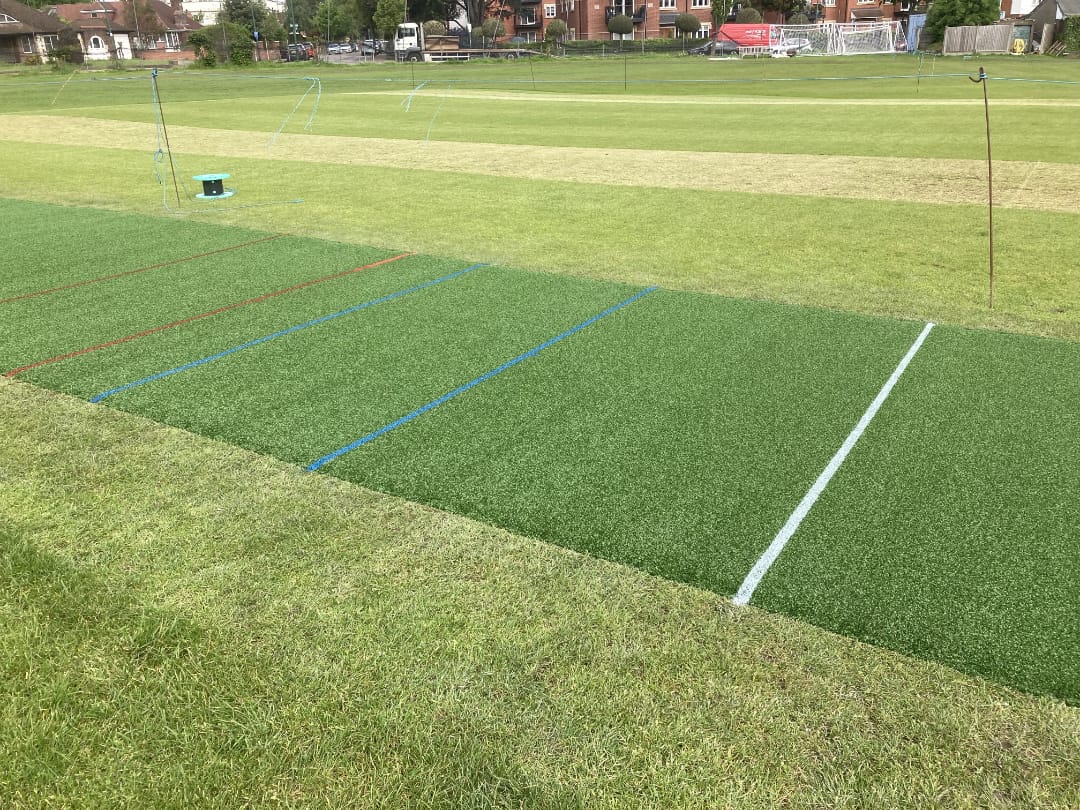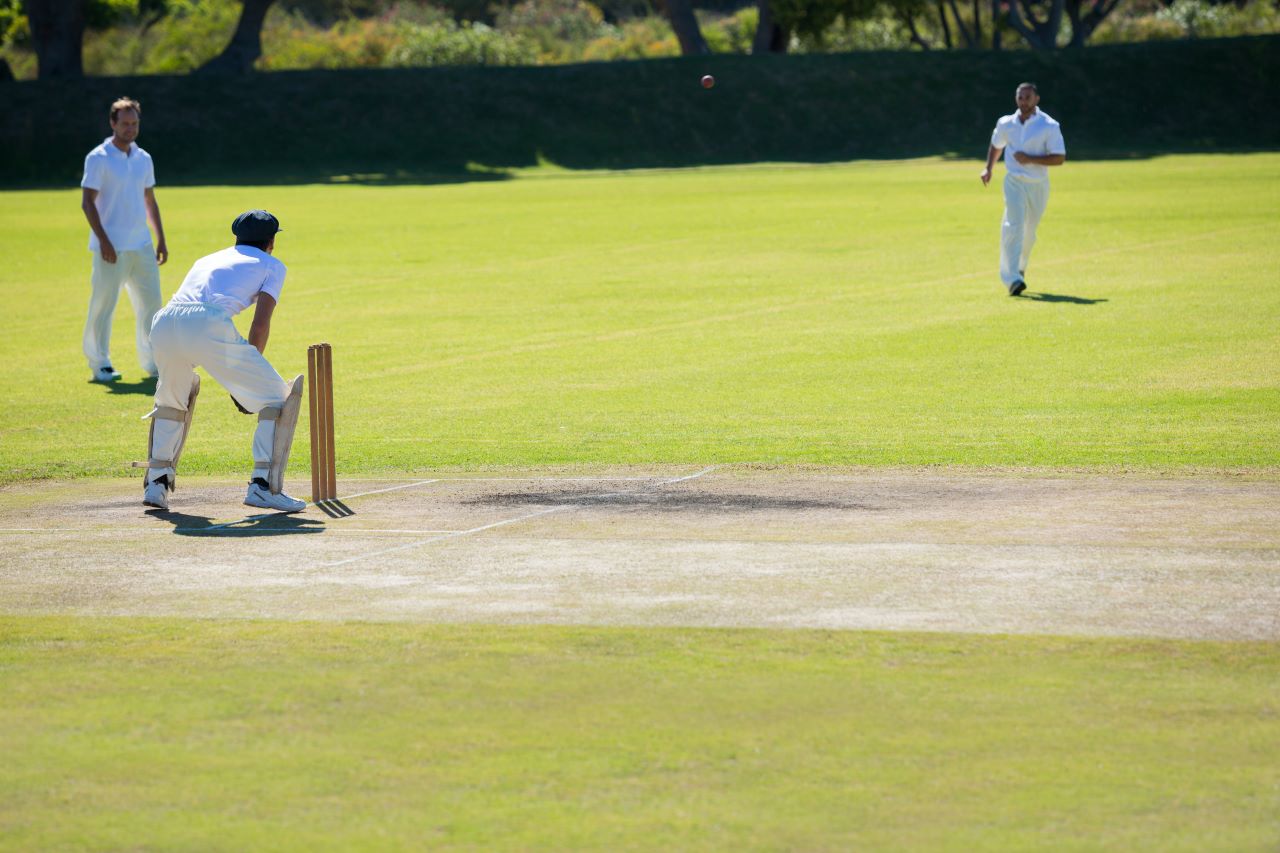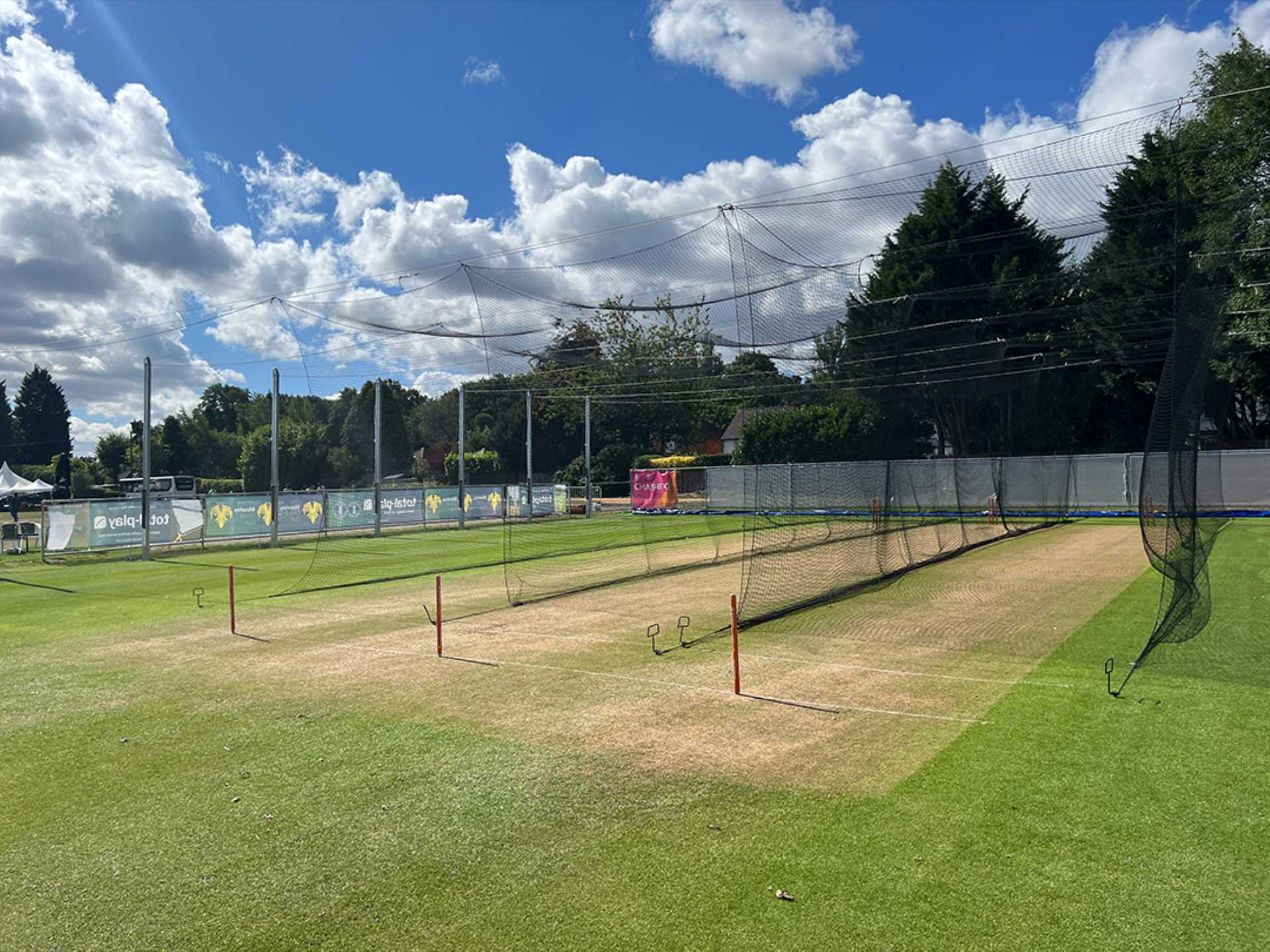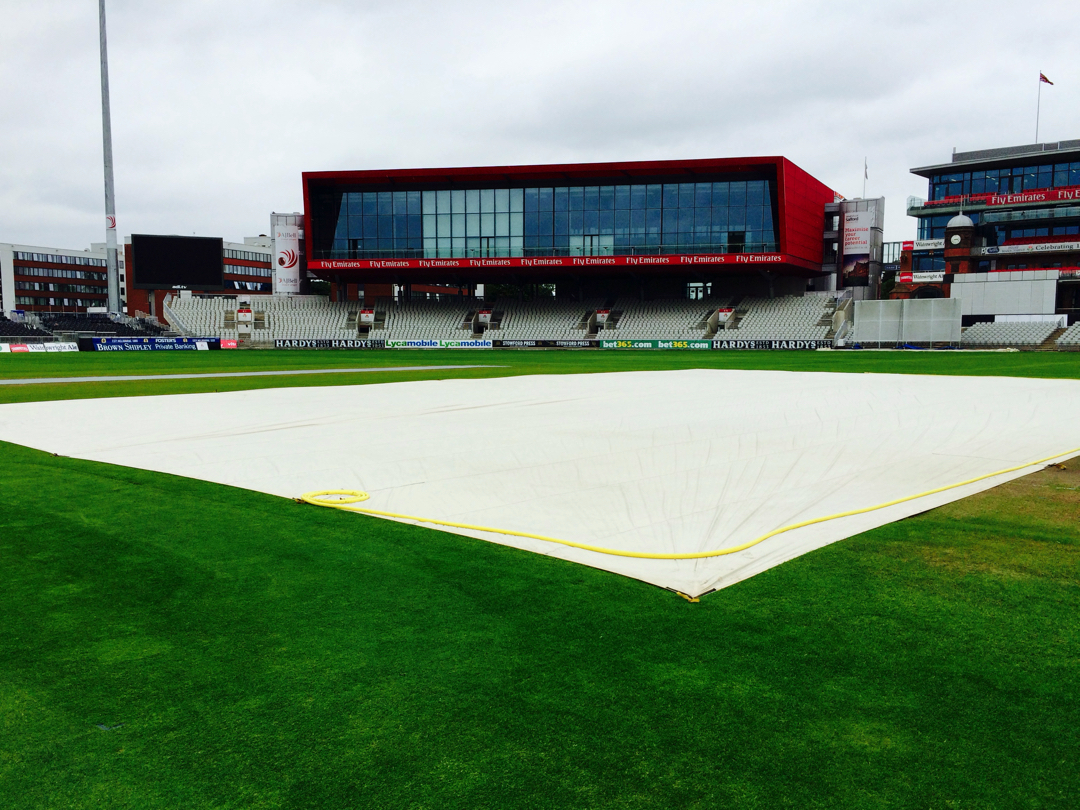
Artificial VS Natural Cricket Pitches: Which Way to Go?
Cricket is a sport known to be rich in tradition and history, being one of the most popular sports in the UK, with fans among adults and children alike. As a sport, cricket has always been intimately connected to the surface that it is played on – the cricket pitch.
As per tradition, cricket is usually played on natural cricket pitches, where the surface is made of soil and grass that is carefully prepared, especially for the game. However, with technological advancements, an increasing number of people are choosing artificial pitches. This raises a pertinent question – artificial pitches or natural pitches – which is best?
Artificial cricket pitches offer a range of benefits, such as consistent bounce, minimal weather dependence, and reduced requirements for maintenance. Additionally, they can endure heavy usage without significant wear and tear. On the other hand, natural pitches provide a unique charm, offering many variations within the elements of the game, including spin and bounce that greatly enhance the game.
Let’s weigh up the pros and cons in more detail. In this blog, we’ll explore it all!
Understanding Artificial Cricket Pitches – What Sets Them Apart?
Artificial cricket pitches are typically made of synthetic materials, such as artificial turf or grass. These materials are carefully constructed so that they reflect all the characteristics of a natural cricket pitch. To determine if artificial pitches are right for you, it’s important to consider both their benefits and drawbacks.
One of the biggest advantages of an artificial cricket pitch is that they offer a consistent bounce. In comparison, natural pitches often vary in behavior due to weather conditions and general wear. However, an artificial cricket pitch is highly reliable and offers the consistency you need to deliver your best performance.
Artificial pitches are also less susceptible to weather conditions. While rain or extreme heat can often render natural pitches unplayable, an artificial pitch can withstand diverse weather conditions and guarantee uninterrupted gameplay, minimizing delays, cancellations, and scheduling conflicts.
However, when playing a match on an artificial pitch, you may notice that the ball performs differently, skidding rather than gripping. This can affect spin bowlers who greatly rely on turn and bounce, taking some time to adapt to.
The Beauty of Natural Cricket Pitches – Why Choose Natural?
Natural cricket pitches have been the go-to cricket pitch solution for many years. These pitches are meticulously prepared with a specific combination of soil and grass, with advantages that take your game to the next level.
One of the primary advantages of a natural cricket pitch is its ability to provide diverse playing conditions. The grass can either be trimmed or left longer, offering different levels of bounce, spin, and more. This offers variability to your game, challenging both batsmen and bowlers while adding excitement and novelty.
For instance, it becomes easier for bowlers to exploit the cricket pitch’s natural characteristics and create deceptive deliveries. Similarly, batsmen will need to adapt their technique and shot selection according to the type of pitch. This is especially true when, over the course of the game, the pitch experiences natural wear and tear. This means that the pitch may crack or deteriorate, leading to uneven bounce or increasing assistance for spin bowlers. This pushes players to adapt their tactics, create game plans and strategize the best ways to win.
However, there are a few things to keep in mind before choosing natural pitches. It’s important to remember that natural pitches are more susceptible to weather conditions and they need to be carefully tended to and maintained for optimal playing conditions.
How Game Tactics And Strategy Vary For Artificial VS Natural Pitches
When selecting the right cricket pitch for you, there are several things to consider, some of which are the type of cricket ground and the length of your cricket pitch. One of the key deciding factors is understanding the impact a cricket pitch has on the game.
Regardless of the type of pitch you choose, players will need to adopt unique game tactics and strategies to best suit the playing conditions. Artificial pitches are best suited for aggressive batting strategies, as they offer consistent bounce and are predictable in terms of behaviour.
Batsmen can rely on the even bounce to deliver powerful shots with confidence. This allows for a more aggressive stroke play and enables batsmen to score quickly. However, bowlers may need to adopt precise strategies to generate movement off the pitch or employ variations in pace and line.
When it comes to natural pitches, both batsmen and bowlers need adaptable game plans. Due to the variable bounce rate, batsmen need to be more selective when executing shots. It is essential that they adjust their technique based on the behaviour of the pitch. Bowlers can exploit the conditions of a natural pitch to maximise the effectiveness of their swing, seam, or spin.
Choose total-play to Deliver Your Best Performance on Quality Cricket Pitches
Now that you know the pros and cons of both artificial and natural pitches, it’s time for you to make the choice.
At total-play, we are a team of experienced professionals who can make sure that you perfect your game. With our pitch design and installation services, you will have a cricket pitch that is perfectly suited to your needs. Whether you’re going for an artificial pitch or a natural pitch, we ensure that you are delivered the best.
As the first company awarded the status of ‘England & Wales Non-Turf Pitch Code of Practice Installer’, you can rest assured that your project is in capable hands.
Contact us now at 01604 864 575 or drop us an email on info@total-play.co.uk
Back to news









